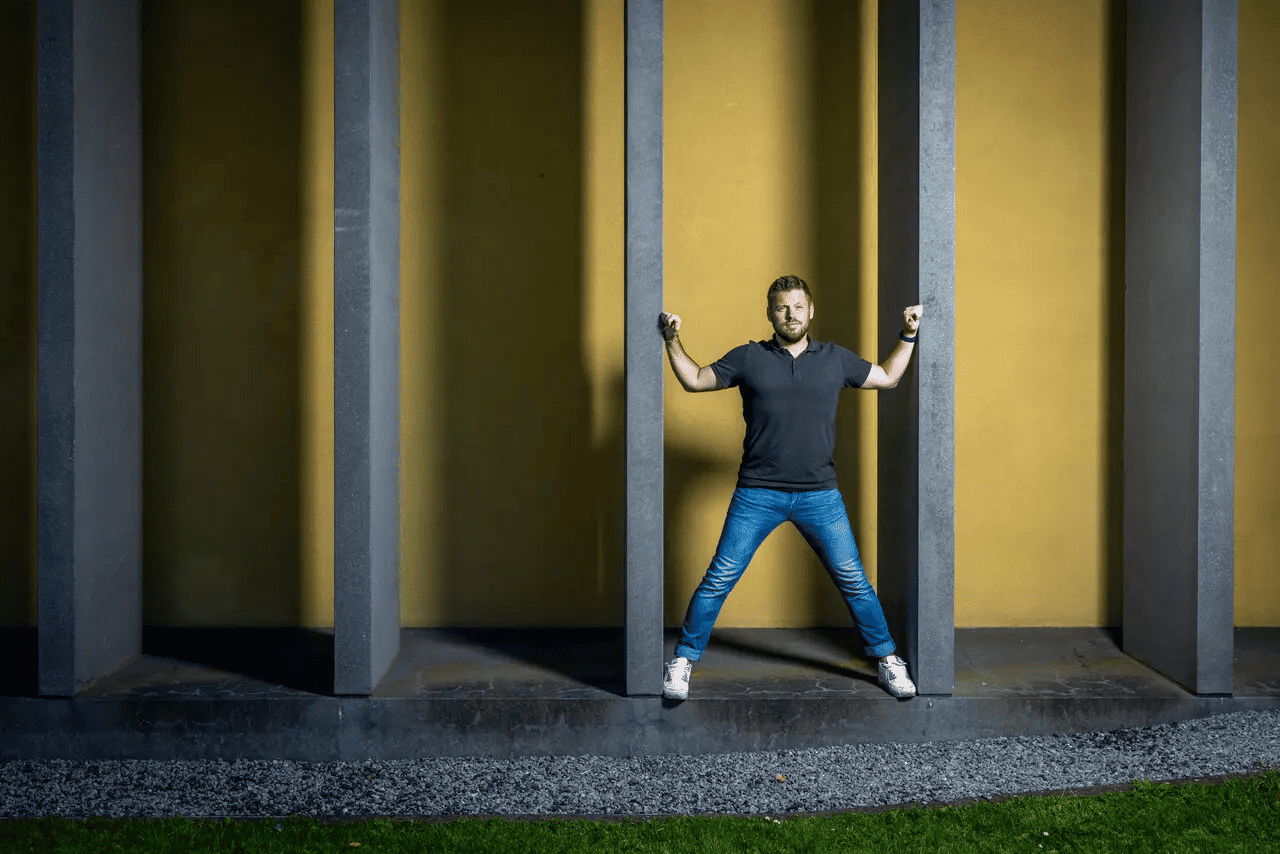
“So, you can only sit still for two minutes without getting bored? That worries me, Elcke,” notes the Buddhist, enveloped in his ornate saffron-colored robe. His furrowed gaze meets mine as we sit cross-legged facing each other in a temple just outside Bangkok. The monk inteds to teach me the deeply rooted practices of Thai meditation. But that is by no means an easy task for Westerner people, he frankly admits. In our culture, the constant stream of stimuli seems to demand all our time. This leaves us no time to observe what is going on in our brains.
- Daydreaming ensures we are thinking more about our future.
- Albert Einstein engaged in daydreaming as well.
This is an article from IO Next: The Brain. This magazine is full of stories about scientists, entrepreneurs, and innovations share one common goal: to better understand the most complex system there is.

During my very first meditation course ever, I was thrown into the deep end without any preparation. Seven days with no access to a phone or tablet, no luxury of a hot shower, and only one modest meal a day. Speaking to others is forbidden except when the Buddhist teacher asks us a question. Seven full days, during which you are only in the company of your own thoughts. I can tell you: it was hard.
Phone on silent and briefly observe your own stream of thoughts. When was the last time you did that? In our busy society, it is almost strange not to be on your phone for a while during a train journey or while waiting for the bus. We are getting uncomfortable by staring in the distance. Why stare ahead when you can get a mini-dopamine kick from a quick scroll through your Instagram feed? In short, we are losing the art of daydreaming. A shame, because in those precious moments with your own thoughts, lies a world of creativity and self-reflection.
Anything but inactive
Here’s how it works: the human brain is an extraordinarily complex organ. One of its many intriguing functions is the Default Mode Network (DMN). This is activated in resting mode. Initially thought to be a kind of ‘inactive’ mode for the brain, researchers have since discovered that the DMN is anything but inactive. Instead, it plays a crucial role in promoting creativity, problem-solving, and self-reflection.
Let’s take a look inside the brain
The Default Mode Network (DMN) is a network of brain regions that become highly active when the mind is at rest. It consists of regions in the medial prefrontal cortex, cortex cingulate posterior, precuneus, and medial temporal lobes.

Exploring the future
‘Staring ahead’ can quickly lead to exploring future paths. For instance, daydreaming can help people imagine their ideal careers, relationships, and life goals. Or, how about writing a column? I was endlessly scrolling through my tabs today, diligently looking for inspiration for my story. Without any success. In the end, the topic of daydreaming emerged from a brief daydreaming session on the sofa, over a cup of coffee. A kind of daydream-ception.
Albert Einstein engaged in daydreaming

Even moments of genius sometimes originate in daydreaming. This is clearly illustrated by the story of Albert Einstein, one of the greatest scientific minds in history. Einstein’s pioneering insights into the concept of time, set out in his theory of relativity, were not only the result of his exceptional mathematical skills but came about in part thanks to his ‘daydreaming moments’. While engaged in thought experiments, he often wandered off into deep reveries, in which he imagined himself riding on beams of light. These daydreams allowed him to explore abstract concepts, eventually leading to the radical ideas that reshaped our understanding of the universe.
In Einstein’s own words, “Imagination is more important than knowledge. For knowledge is limited to what we know and understand now, while imagination embraces the whole world, encompassing all that will ever be.”
Little Einstein moments
So let’s bring the art of daydreaming back to our daily practice. The sooner the better. I harbor no illusions that everyone will suddenly forge new concepts about space and time. However, a bit more daydreaming in our daily lives might create small, personal Einstein Moments, making us use our brains just a little bit better. As the wise monk in Thailand convinced me: “Trust me, it’s possible for everyone to go without a phone for ten minutes a day. You got this.”

